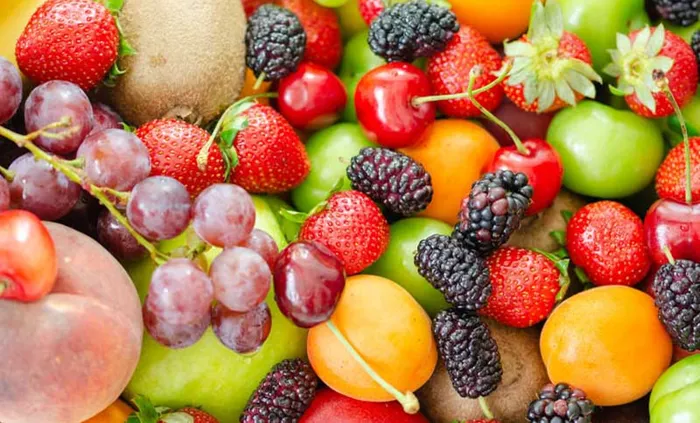Growing your own fruit plants can significantly reduce grocery bills while providing fresher, tastier produce. Several fruits are particularly cost-effective and rewarding to cultivate at home with patience and care.
Strawberries are ideal for containers or raised beds, multiplying annually through runners to quickly form a productive patch. Homegrown strawberries offer superior sweetness compared to store-bought ones, which often cost over $5 per pint.
Raspberries and blackberries are low-maintenance perennials that spread naturally, producing abundant fruit year after year with minimal effort. These berries are excellent for continuous backyard harvests.
Plum trees, such as Italian prune plums, are great investments for those with space. They yield plentiful fruit each fall, perfect for drying, freezing, or making sauces, making fresh plums a valuable homegrown treat.
Apple trees require patience, taking seven to ten years to bear fruit. Planting two varieties nearby ensures cross-pollination and a steady apple supply once mature.
Rhubarb, though a vegetable botanically, is often used like fruit and thrives with little care. It returns stronger annually, providing a seasonal bounty for pies and jams.
Tomato plants, botanically fruits, are easy to grow and can produce more than expected. Cherry tomatoes, in particular, save money as store prices are high, while a single plant costs less than a pint.
Finally, fig trees produce abundant fruit once mature. Fresh figs are costly and perishable in stores, but homegrown figs offer a plentiful, delicious alternative.
Cultivating these plants not only cuts costs but also enriches your garden with vibrant, flavorful fruits throughout the seasons.


